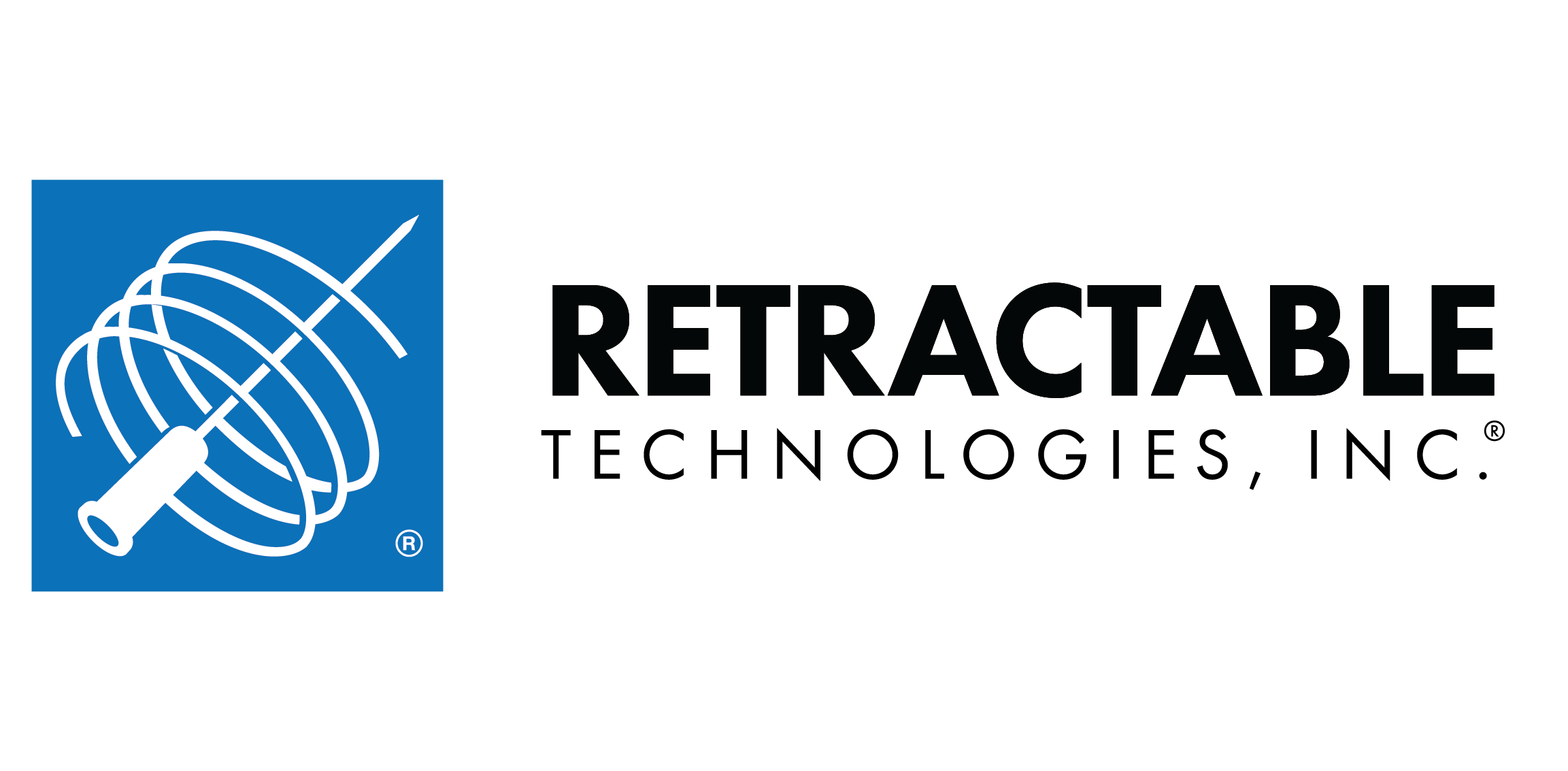The National Climate Assessment is a government report that is published every four or five years. In mid- November of 2023 the latest report was released; it warns that climate change is at our doorstep, so to speak. To quote the cartoon character Pogo, “We have met the enemy, and he is us!”
Healthcare professionals see firsthand the effects global warming has on their patients, the patient’s illnesses or injuries, and healthcare in general. It is not easy for already overstressed and understaffed clinicians to have to deal with this growing problem. Some nurses have experienced career burnout due to reduced hospital staff and long work hours, especially during epidemics of disease transmission.
The lead author of the National Climate and Assessment (NCA) report is Katherine Hayhoe. She is chief scientist at the Nature Conservancy, professor at Texas Tech University in Lubbock, and author of “Saving Us: A Climate Scientist’s Case for Hope and Healing in a Divided World”. Professor Hayhoe recently warned: “Climate change is finally moving from an abstract future issue to a present, concrete, relevant issue. It’s happening now.”
Nurses have been confronting the environmental impacts on wellbeing since at least 1859 when Florence Nightingale published her book, “Notes on Nursing.” She developed the five essential points to a healthy house, chief among them was “pure air.” The air within a closed room will become stale and imbued with toxins. She stated, “one of our highest medical authorities on Consumption and Climate has told me that the air in London is never so good as after ten o’clock at night.” One hundred years into the Industrial Revolution and the environmental impact had significantly poisoned the daytime air.
Fast forward 165 years and climate scientists are trying in vain to educate and implore corporations, governments, and consumers to make the tough decisions to save our planet by reducing greenhouse emissions. The main cause of climate change is the burning of coal, oil, and gas. Methane gas is much more harmful in trapping heat in the short term, it stays in the atmosphere for about a decade, while carbon dioxide will stay in the earth’s atmosphere for centuries.
To meet the current threat of greenhouse gases, nursing organizations, like the 7,000-member, Alliance of Nurses for Healthy Environments (ANHE) which states their lofty vision on their website as “preparing and engaging nurses to assure the environmental health of all people, overcome environmental health disparities, and to heal our communities and the earth for present and future generations.” According to Time dot com’s feature, Time CO2 Futures, the Alliance members meet with lawmakers twice a year as well as attend public hearings hosted by the EPA.
The NCA report goes on to say that climate change is harming the “physical, mental, spiritual, and community health and wellbeing through the increasing frequency and intensity of extreme events, increasing cases of infectious diseases, and declines in water quality and security.” With each extreme event healthcare workers are called upon to meet the demand of hospitals and triage centers. The work hours are long, attending to the injuries is physically and emotionally demanding, and the stress can be overwhelming.
Still, health care professionals continue to answer the call. They charge to the frontlines and serve their community and the needy in the only way they know how, with compassion and resilience. Nurses are not working alone, with organizations like ANHE, ANA, and others, they are addressing life’s crises on many fronts. Whether advocating for a safer workplace: by reducing their own, and others, exposures to work hazards such as needle stick injuries, career burnout from nationwide staffing level shortages, or continuously updating educational needs to keep up with the rapidly changing work-environment, with the common goal of providing better healthcare to the patients that pass through the healthcare system.
Throwing their voice into the global warming debate is a dicey proposition in a country divided by the topic. The Yale Program on Climate Change Communication published an article in the Fall 2023 titled Global Warming’s Six Americas, in which they dissect the division into six groups. Two groups, totaling 57 percent of the people have a clear understanding that humans are responsible for the climate crisis. Four groups make up the other 47 percent, which may be in the minority, but it is a very slim one. It can also be representative of the lack of a clear consensus at the legislative levels of government.
According to the Yale article, this minority includes two groups, “The Doubtful do not think global warming is happening or they believe it is just a natural cycle,” and “The Dismissive believe global warming is not happening, human-caused, or a threat, and most endorse conspiracy theories (e.g., “global warming is a hoax”),” each comprise 11 percent of the people. While this segment of the population, 22 percent, may currently be unreachable for an open dialogue. The Cautious at 15 percent and the Disengaged at 6 percent can become the target audience for the untapped potential of the nursing community and climate change supporters at large.
At the micro level, nurses may have an advantage to make a positive impact on the conversation about global warming. The most recent Gallup poll, released in January 2024, for Honesty and Ethics showed that “(n)urses remain the most trusted profession, with 78 percent of U.S. adults currently believing nurses have high honesty and ethical standards.” Compare that to where Members of Congress and Senators rated, 6 percent and 8 percent respectively, which was last and second to last of the 23 professions, and the advantage is evident.
Couple their high approval rating with the volume of nurses, comprising 70 percent of the healthcare workforce, that are in the presence of Americans most often during their time of need. And the opportunity for meaningful discussion, persuasive dialogue, and potential policy change is not only possible, but is attainable. It is already happening through the numerous organizations that have joined the conversation to curtail our selfdestructive behavior and work towards saving the planet and by extension ourselves.
The human cause of global warming crosses all spectrums of industry, hospitals and hospital systems have historically contributed to the problem. To their credit, like auto manufacturers and other corporate entities, some hospital systems are taking proactive steps to reduce their contribution to climate change, for instance, by changing their policies on disposable gowns. According to Time’s article, “UCLA Health eliminated 230 tons of landfill waste a year when it switched to reusable gowns.” More needs to be done. This is a global problem, which requires a global response.
At the macro level, nurses are neither inactive nor powerless in the ongoing struggle to combat climate change. Clinicians have an opportunity to put a human face, with relatable stories to what is an abstract global crisis for approximately 47 percent of the population. However, if any profession can sway the opinions and attitudes of those who do not agree with climate change, perhaps it is the nursing profession. They have already organized to advocate at the legislative level, lobbying the EPA for stricter regulations on pollution, they are working with hospitals and hospital systems to convert to renewable energies to reduce their carbon footprint, and they are addressing the profession through education and awareness campaigns to mobilize nurses to action.
There are numerous sectors working diligently to get the message out, by self-examination of their own processes and waste, and promoting reduction in environmental waste and toxicity nationally. It may seem unfair to specifically call upon an already overloaded group of dedicated professionals. Indeed, nobody expects them to save the world alone. Consistently over the course of human development and progress caretakers and clinicians have risen to the challenges that have confronted the community and country.

